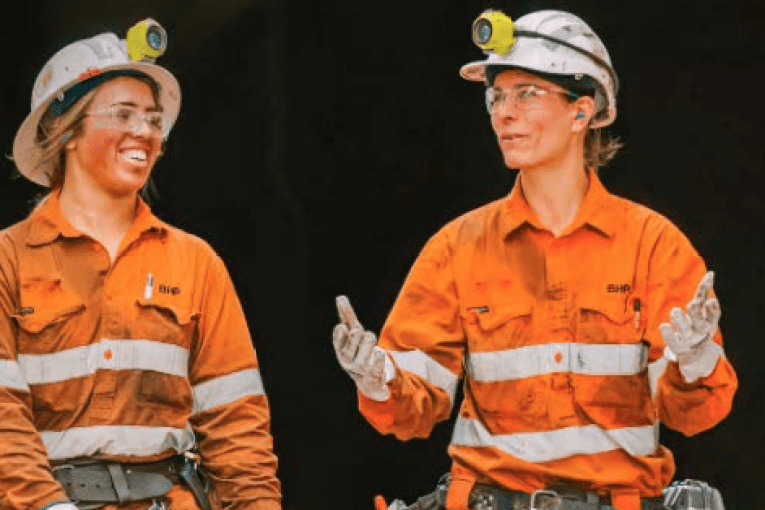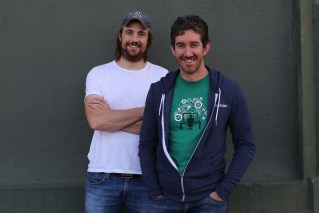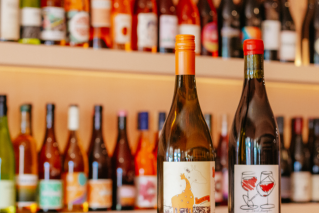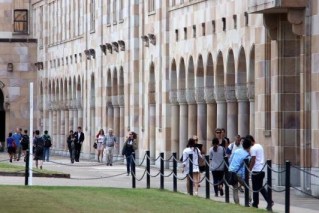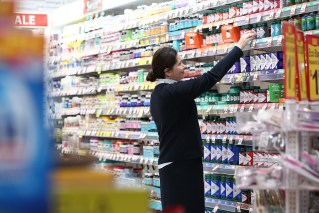Could a new mining boom rescue Queensland’s economy?
The world could be heading towards another commodities supercycle, boosted by the transition to renewables, according to Goldman Sachs.

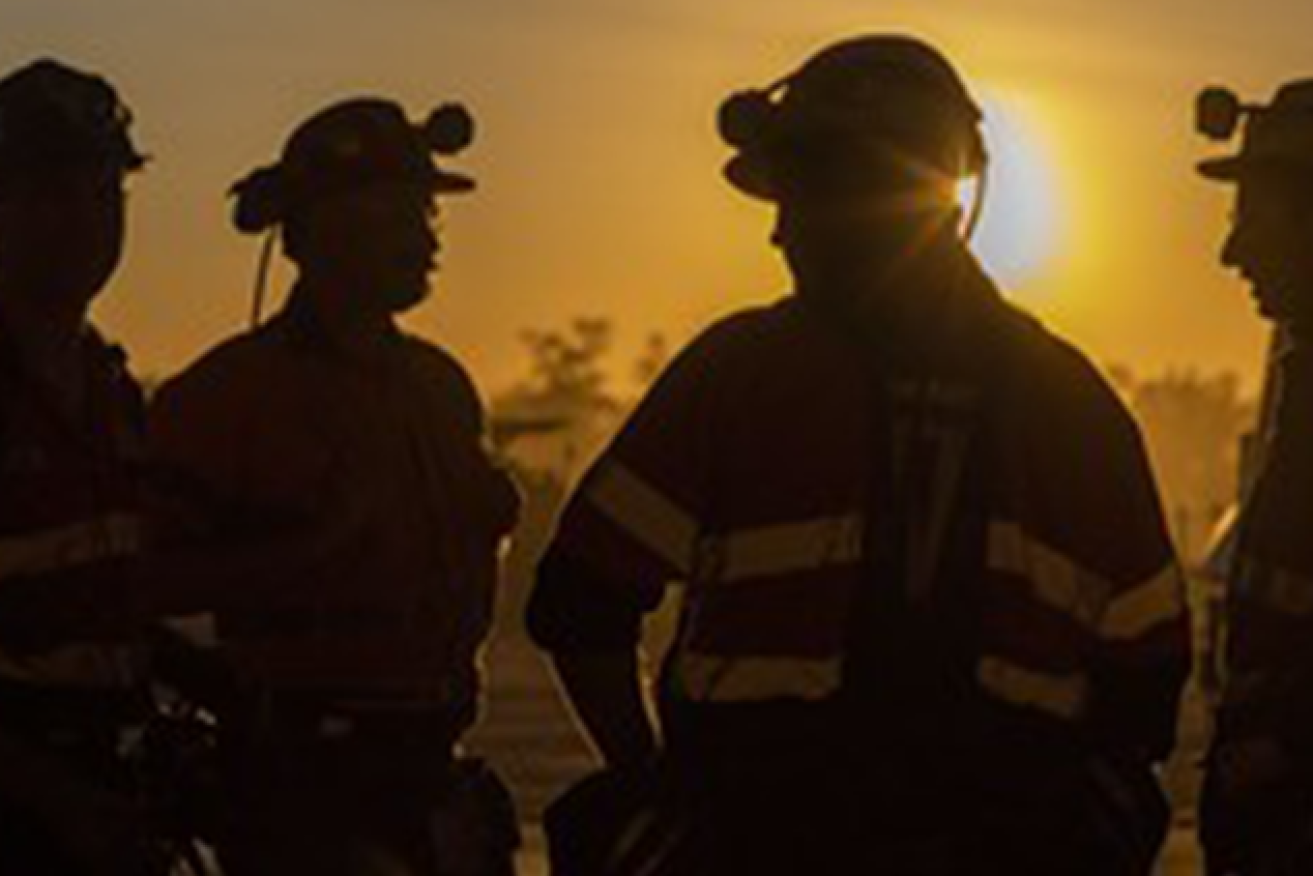
Metarock has changed management again to resolve financial difficulties (file photo)
If it comes true, the supercycle could deliver huge benefits for the Queensland economy. The last supercycle started in the early 2000s and lasted for about a decade delivering enormous economic benefits.
The last boom delivered benefits to tourism and accommodation, aviation and service companies and pumped millions into Government coffers. It also sparked the development of the coal seam gas industry and LNG. BHP alone invested about $10 billion in mining and infrastructure.
Construction expenditure in Queensland rose to unprecedented levels during the boom, peaking in 2013-14 at $36.6 billion, and subsequently decreasing by about 70 per cent, largely due to the LNG developments on Curtis Island.
It also allowed Australia to cope remarkably well with the global financial crisis.
The return of a boom has been predicted before but this time there is early evidence of its presence. The ASX mining and metals index is about the same level it was towards the end of the last boom in 2011.
Goldman Sachs is also not the first to call a return of the supercycle. Steen Jakobsen, chief economist and chief investment officer at Saxo Bank in Denmark, predicted an “epic” commodity boom was about to unfold.
He said global digitisation was stirring up a new world order that the physical world cannot satisfy in terms of production of “real” things. He said the injection of government stimulus around the world was generating a massive amount of spending capacity.
Goldman Sachs said that it believed that similar structural forces to those which drove commodities in the 2000s could be at play.
The bank said the shift to clean energy “has the potential to create a capex cycle on par with the emerging markets-driven cycle of the 2000s”.
Goldman Sach’s head of commodity research Jeff Currie said oil prices, which dictate gas and LNG prices, were showing signs of breaking out beyond $US65 ($83.7) a barrel.
It’s currently around $US60 and has climbed steadily since the start of February. LNG prices have been decimated by the pandemic and are expected to remain weak.
“I want to be long oil and hang on for the ride,” Currie S&P Global Platts, warning “there is a lot of upside here.”
RBC Capital said average quarterly oil pricing captured by Australian E&P stocks over 2020 reached a low of around $US30 a barrel in the second quarter of 2020. However, more solid pricing coming through over the second half from a more steady oil price environment with Dated Brent pricing averaging US$43/bbl in 3Q 2020 and US$44/bbl in 4Q 2020.
Iron ore is already booming and at record levels. The price for high-quality coking coal from Queensland has also jumped 50 per cent in recent weeks to about $US150 a tonne.
Copper, which Queensland also produces, was also a likely beneficiary and was already in a super cycle, according to Currie.
He said copper was already at supercycle levels. The price for the metal is at eight-year highs.
“Is it back to $150/lb? I don’t know… as it is a macro re-pricing we are talking about and everything needs to reprice.”.
Currie said there were links between key commodities like oil and industrial metals.
“This is why I jump up and down and pound the table that people don’t keep talking about iron ore with your oil outlook. Well, it’s really important to your oil outlook. So is the dollar, so is copper, and grains … So is everything else out there,” Currie told S&P Global Platts.
“We have no copper, copper inventories just drew their largest observable draw we’ve seen in the last five weeks, prices are already back to supercycle levels and we have not even started the energy transition story of electrifying the world,” Currie said.
“Copper is the only thing we know that can conduct electricity at the rate needed, so I’m really curious as to how high some of these markets can go,” he added.
Currie said there had been a “structural upward shift in demand sparked by “green capital’’ heading into the transition to renewable energy.
But that was also affecting oil prices because the spending on green energy would have an indirect pull on oil demand.
“And let’s remember, what’s unique about this is everybody everywhere in the world is doing the exact same thing at the exact same time, which is why you get that immediate impact on demand,” he added.
